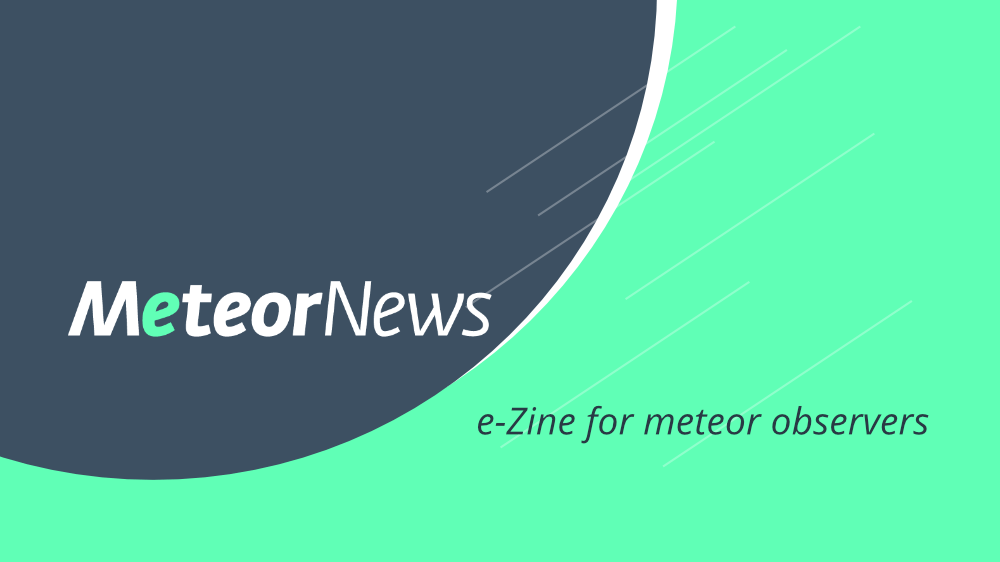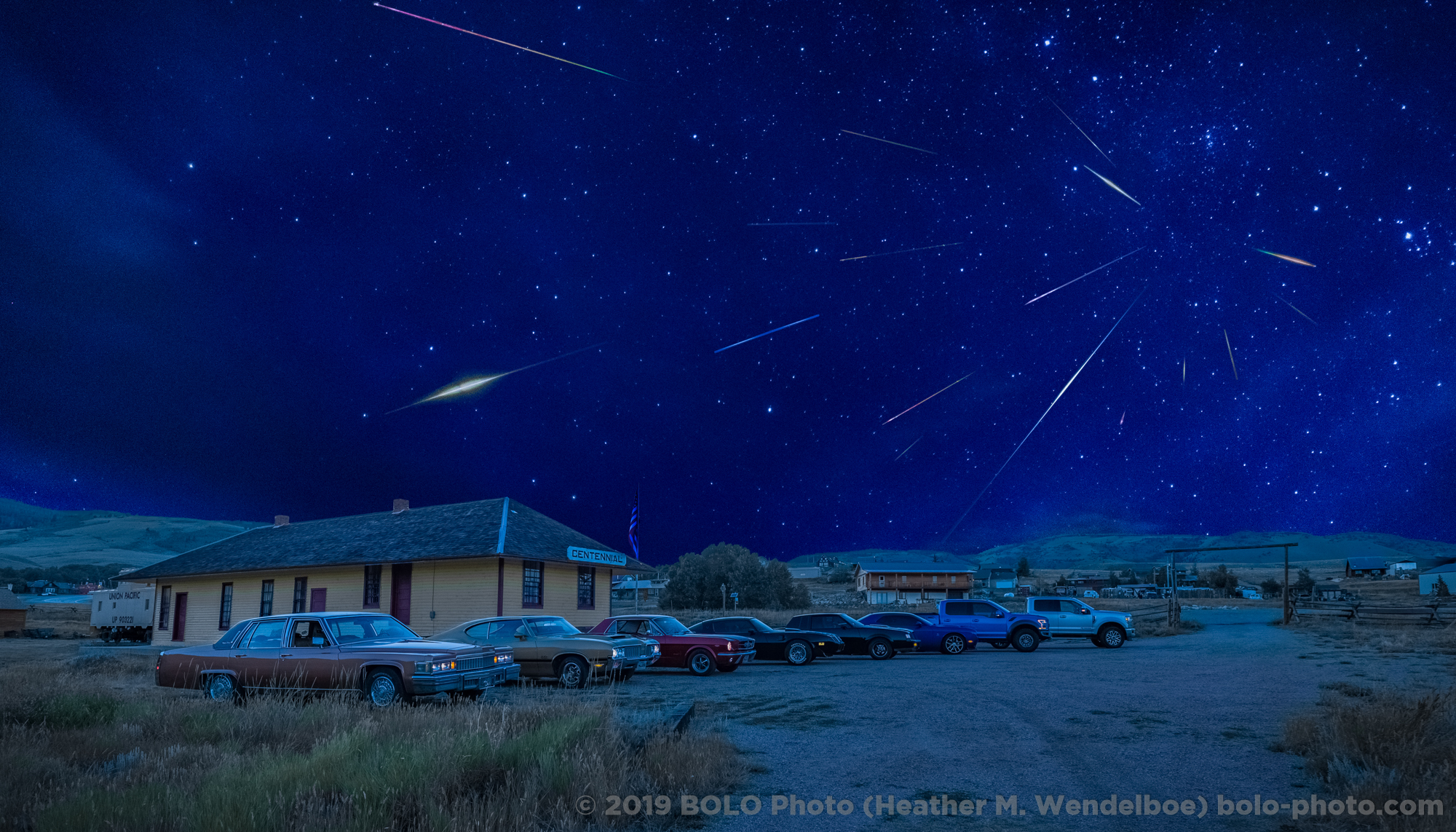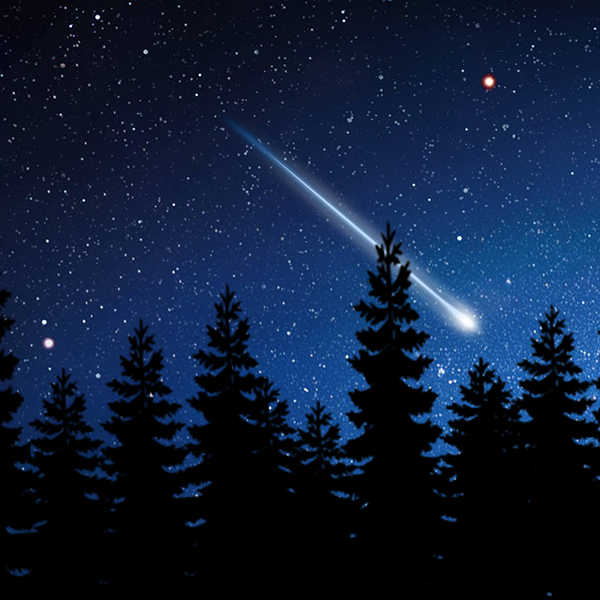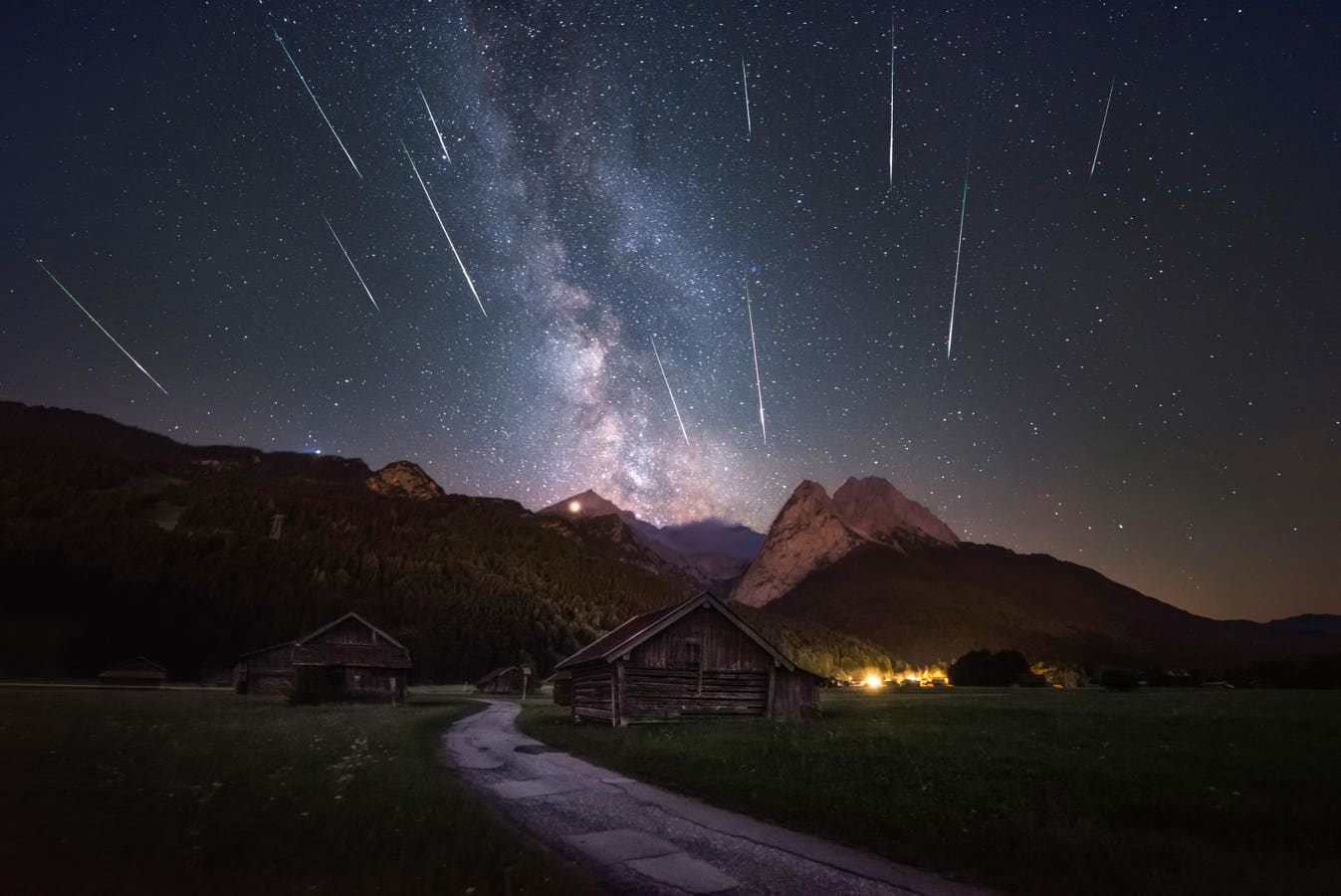
This Year’s Perseid Meteor Shower Will Be The Brightest For Years. Here’s How To See Up To 50 ‘Shooting Stars’ In An Hour
There will be almost no moonlight interference for August’s Perseids, the year’s best display of ‘shooting stars,’ which began at the weekend. Here’s when the all-important peak night is—and how to see as many ‘fireballs’ as possible.
 www.forbes.com
www.forbes.com
Will you see Perseid “shooting stars” this summer? There will be almost no moonlight interference for August’s Perseids, the best meteor “shower” of the year. That term is a little misleading—we’re talking about 50 shooting stars each hour during the peak night, which isn’t like being “rained-on” by shooting stars, as some imagine.
What the peak night of the Perseids is great for is getting outside with friends—preferably in a very, very dark place—and keeping your eyes open (and away from smartphones) in the hope of catching a good number of shooting stars. You might even spot a “fireball,” a meteor with a bright, persistent train.
The best-loved and most comfortably observed of all shooting stars displays, here’s everything you need to know about the Perseid meteor shower in 2021, which promises to be the best for years if skies are clear:
When is the Perseid meteor shower 2021?
Although it began on July 17 and will continue through August 26, 2021, the date you want in North America is the night of Wednesday/Thursday, August 11-12—the peak night. That’s when the meteor activity reaches is highest and thus the rate of shooting stars will be the highest. But the next night will be almost as good, and possibly better for Europe.
The Virtual Telescope Project is streaming the Perseids meteor shower live at midnight August 11/12.
Why is the Perseid meteor shower predicted to be so good in 2021?
Moonlight, or, rather, a lack of. On the peak night of August 11-12, 2021 the Moon will be just 13% illuminated and set well before the peak begins. The observing conditions are thus perfect … if the skies are clear.
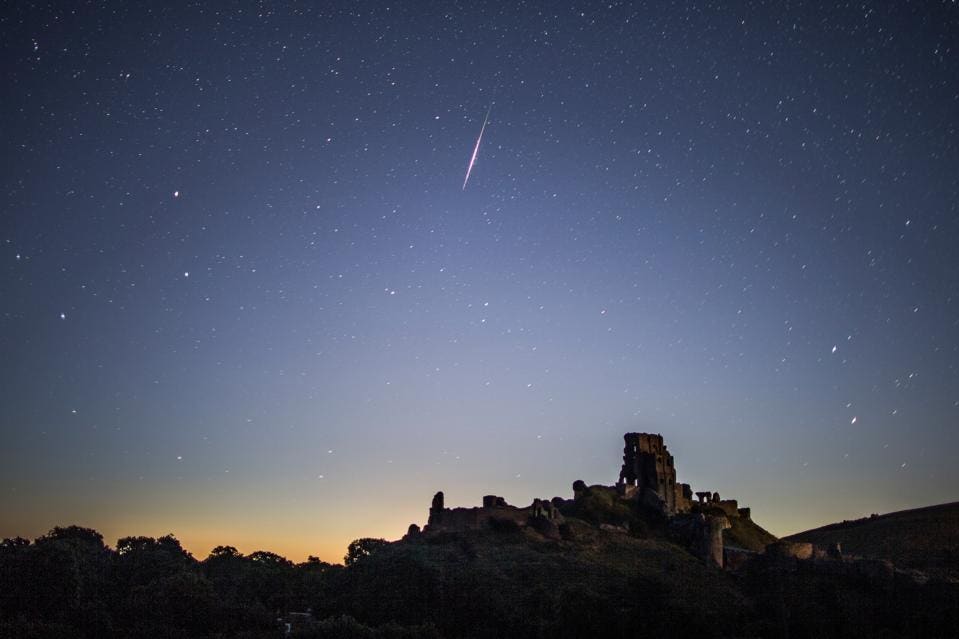
A Perseid Meteor flashes across the night sky above Corfe Castle on August 12, 2016 in Corfe Castle, ... [+] Getty Images
Why are they called the Perseids?
As the Perseid meteor shower peaks, its shooting stars appear to be coming from the area of the night sky occupied by the constellation of Perseus, which is rising in the northeast after dark during August in the northern hemisphere.
That’s an illusion, of course, because it’s a celestial show created by Earth’s atmosphere. Perseus is the radiant, the area that Perseids can be traced back to if you follow their trajectory, but shooting stars can be seen anywhere in the night sky.
What time is best to see the Perseid meteor shower 2021?
The best time for observing the Perseids is after midnight. That’s because it’s only then that Earth is turning towards and moving full speed into the dust and debris. Look after midnight and you’ll see more Perseids, they’ll be higher in the sky, and they’ll be brighter.
However, despite predictions things can sometimes go awry, with the finest displays of meteors happening just before or after the peak. That—and the fact that clear skies cannot be guaranteed on the peak night—means that the savvy meteor-hunter should be looking up in the nights before and after (so Tuesday/Wednesday, August 10–11 and Thursday/Friday, August 12-13), but also in the entire week of the Perseids peak.

A Perseid meteor streaks across the sky above Inspiration Point early on August 12, 2016 in Bryce ... [+] Getty Images
What causes the Perseid meteor shower?
The Perseids are caused by dust and debris left in Earth’s orbital path around the Sun by the giant comet 109P/Swift-Tuttle. Twice the size of the comet that did for the dinosaurs, it last entered the inner Solar System in 1992. It’s due back in the year 2125.
Shooting stars occur when meteoroids—particles of dust and debris from comets—strike Earth’s atmosphere and burn-up. They release energy in the form of photons—light.
When is the next meteor shower in 2021?
Although the next meteor shower is officially the Orionids, which peak on October 20-21, 2021, that one brings about 10-20 shooting stars per hour.
It’s worth keeping your powder dry for the only other two meteor showers in 2021 that, like the Perseids, are similarly bereft of moonlight—the Draconids (8-9 October, 2021) and the Taurids (4-5 November, 2021), though they too only bring around 10 shooting stars per hour.
All the more reason to make a plan to get outside looking up from a dark sky destination this week—good luck!
Wishing you clear skies and wide eyes.

